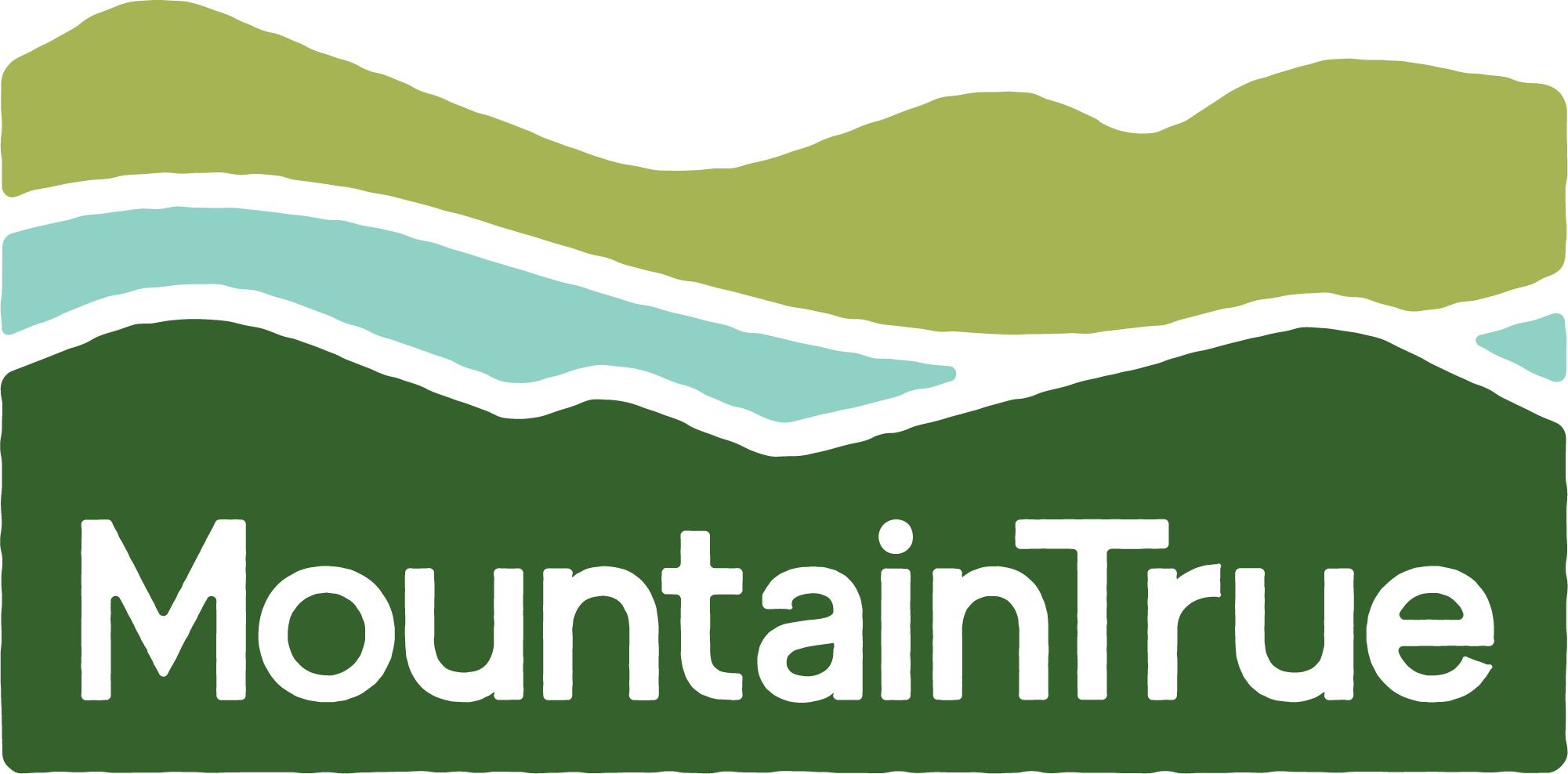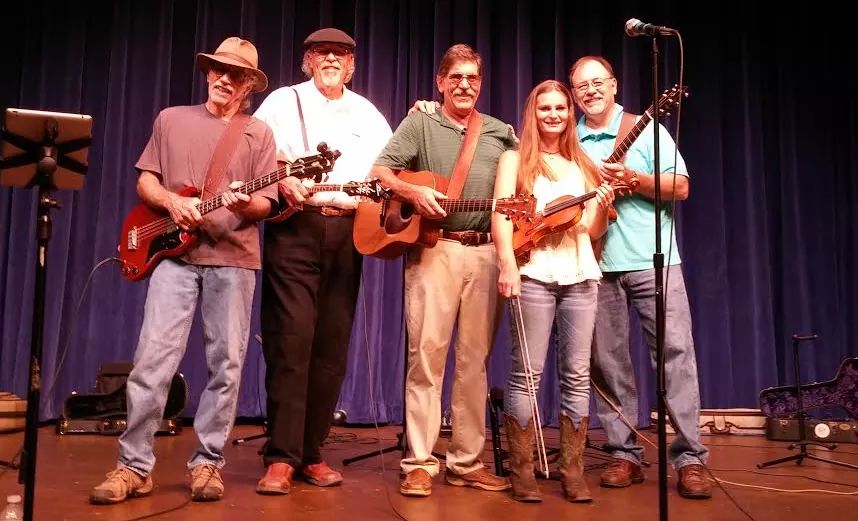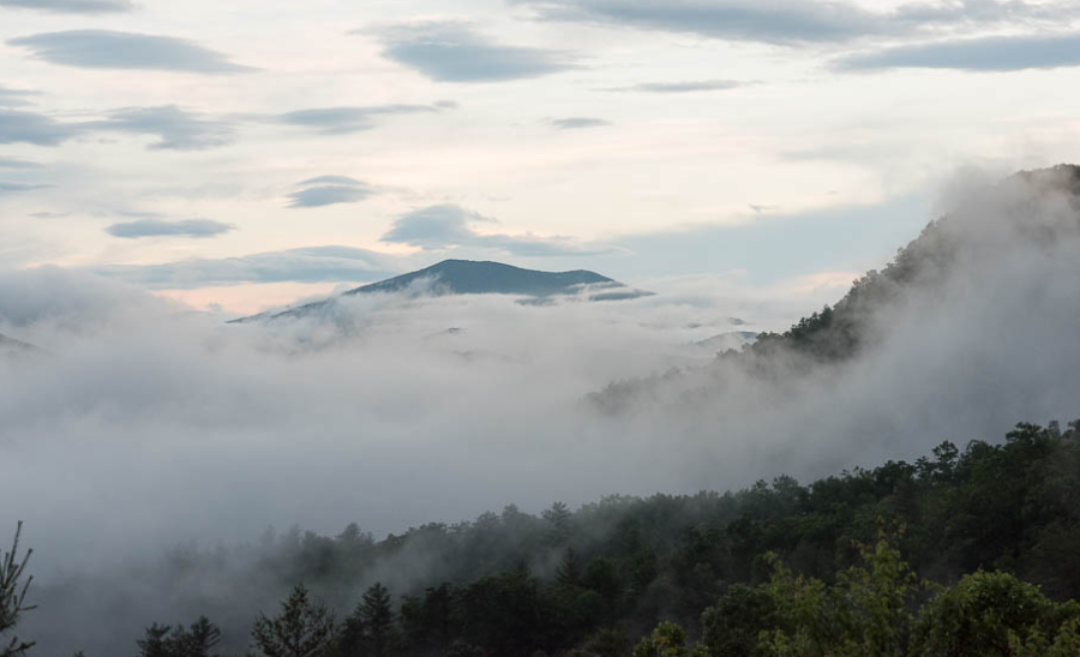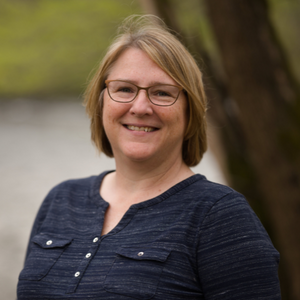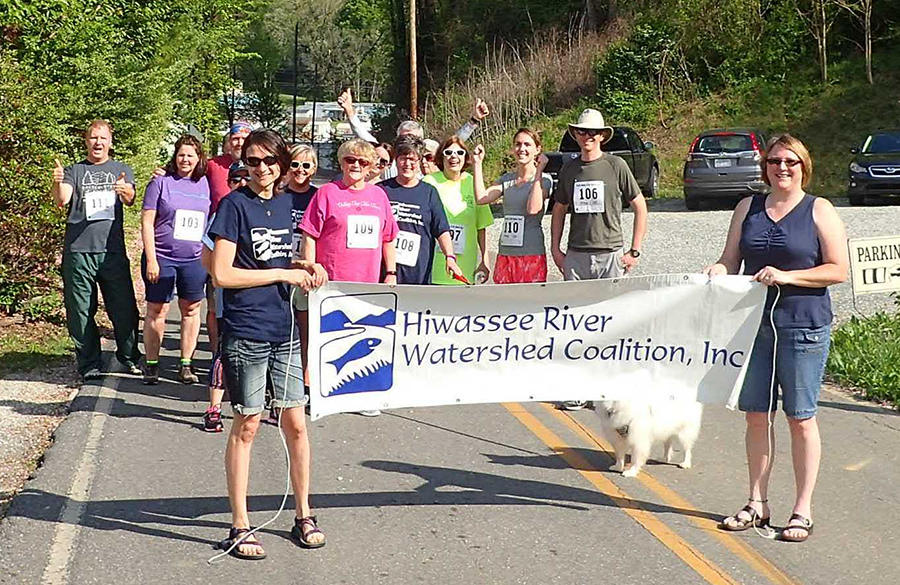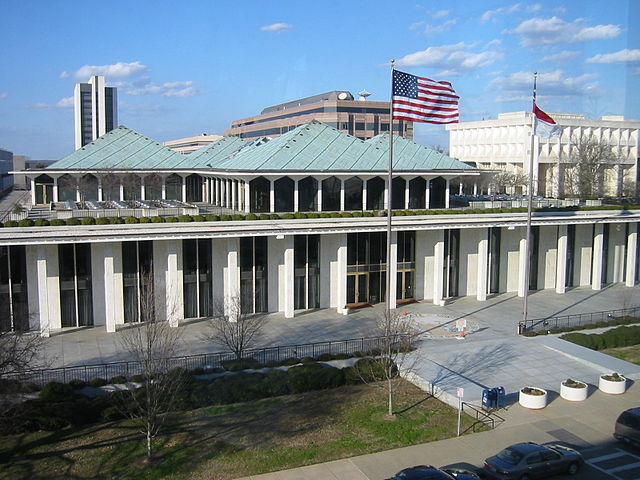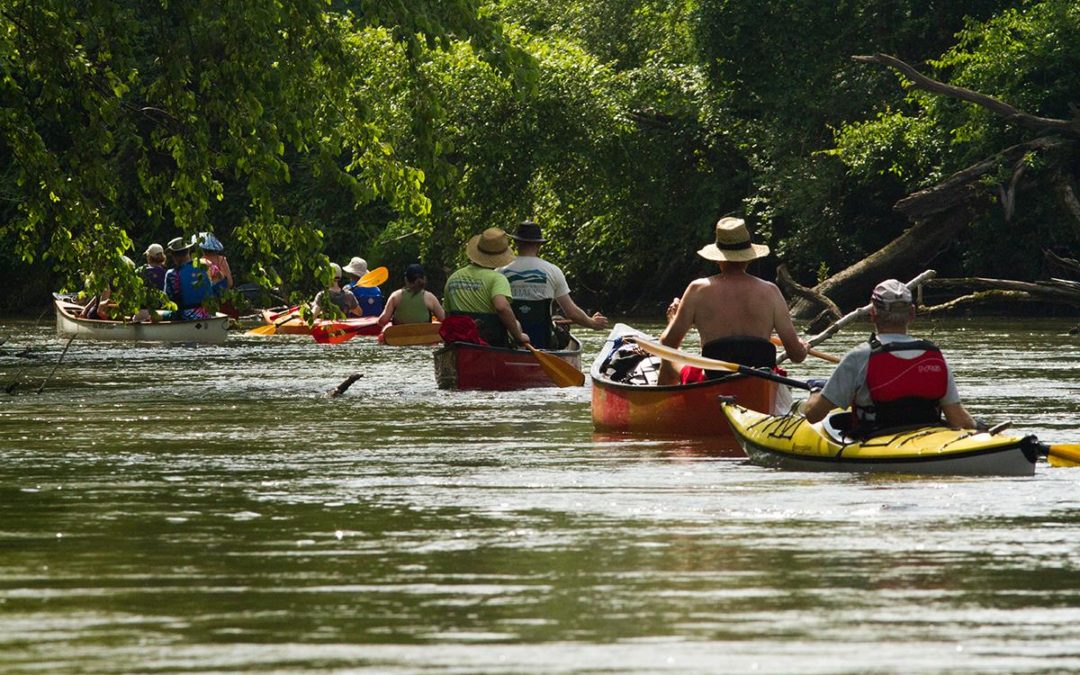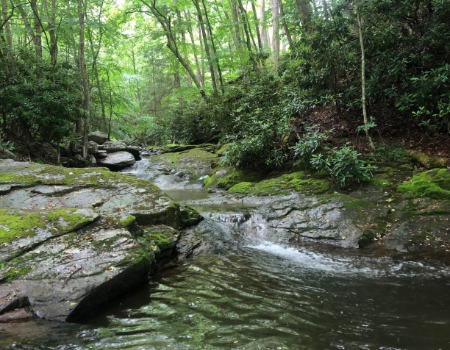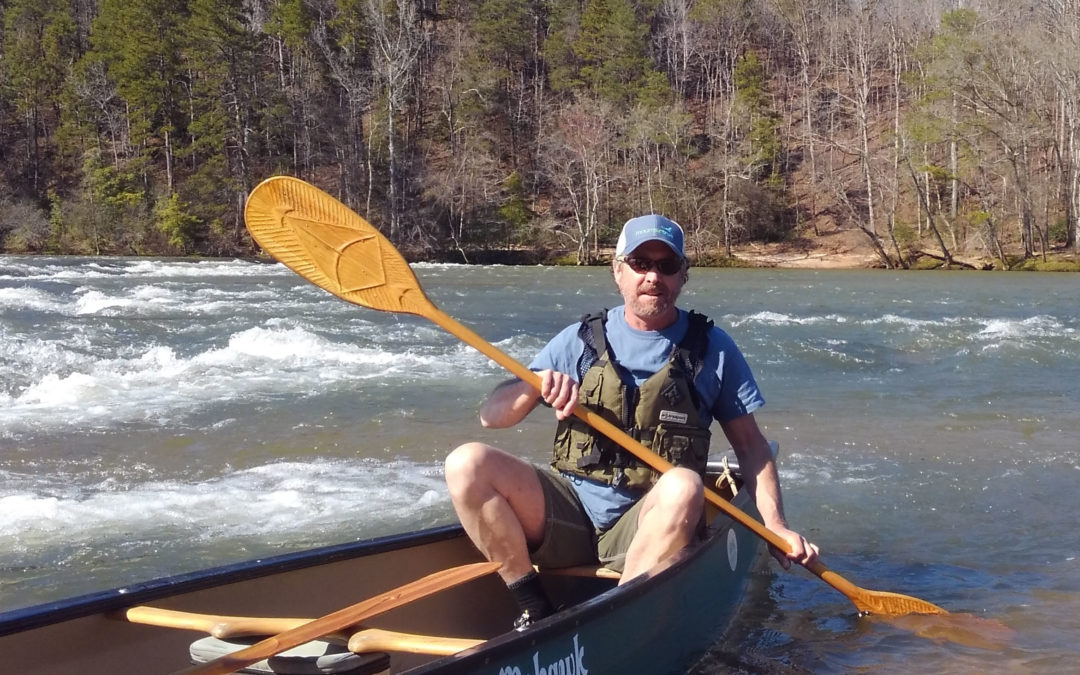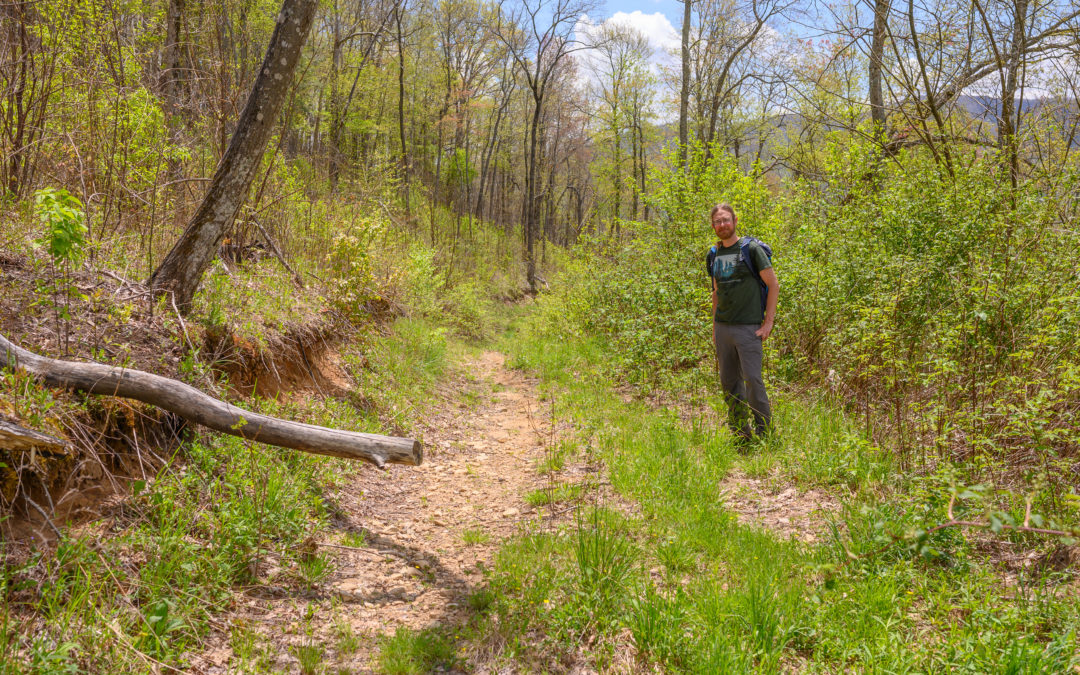
MountainTrue’s Response to Forest Service Message on the Buck Project
MountainTrue’s Response to Forest Service Message on the Buck Project
MountainTrue’s Public Lands Biologist, Josh Kelly, next to a “temporary road” built by the Forest Service in 2012 in Nantahala National Forest.
This May, MountainTrue spread the word and made a call for public comments against the Forest Service’s preferred alternative for the Buck Project, which we believe is one of the worst timber cutting proposals in the history of Nantahala National Forest.
It came to our attention that many of the people who commented on the project through our online action alert received a message from Steverson Moffat, NEPA Planning Team Leader for the Forest Service, and they were curious as to what to make of it and how to respond. While we’re glad that the Forest Service is taking the time to engage with people who comment on their projects, we have a very different interpretation of the Buck Project than what was shared in the Forest Service’s message.
In the Forest Service’s response (which is included below), it is clear that the Forest Service sees a “need” to create more young forest in the Buck Project Area for disturbance-dependent wildlife species like the ruffed grouse. Not surprisingly, the majority of the logging projects in Nantahala and Pisgah National Forests use exactly the same justification. It is true that scrub, shrub, woodland (an open forest), and grassland habitats and the species that depend on them are in trouble because natural processes like fire, floods, and large-scale grazing have been interrupted or destroyed by a largely developed landscape.
Sustainable timber harvest can be used as a surrogate for these suppressed natural processes to provide habitat for declining species; however, we don’t believe that we must sacrifice the last wild areas of our National Forests and habitat for sensitive rare species to make way for open habitat. Our National Forests are large enough for both values, but only some areas are suitable for each.
As the Forest Service notes, there are over 20,000 acres of public land in the Buck Project Area. What is not noted is that this is one of the wildest places left in the Appalachians. Over 400 acres of timber harvest can be attained there without cutting existing old-growth, habitat for rare species, or building roads into areas that are ideal for backcountry management. A similar amount could be harvested from the developed footprint of the area every 10-20 years in perpetuity. To get at more will require road building into the Chunky Gal potential Wilderness Addition and cutting in sensitive habitats.
One of the biggest concerns we have with Mr. Moffat’s letter is the claim that the proposed road building and logging won’t affect the status of Chunky Gal in the new forest plan. Building miles of roads and cutting 20-acre blocks of this area will decrease the Buck Project Area’s natural qualities, making it much less likely to be recommended as Wilderness or Backcountry in the new forest plan. The planning rule literally uses “apparent naturalness” as the standard for whether areas qualify for Wilderness and Backcountry management. If the Chunky Gal area isn’t managed as Backcountry in the new plan, it leaves the area open to development with road systems in the future.
The Forest Service also makes the assertion that temporary roads are “an attempt to tread as lightly as possible on the landscape while meeting management objectives.” In fact, “temporary roads” are no more temporary than any other logging roads. They would need to be 14-20 feet wide in order to support the large equipment and trucks needed to harvest hundreds of acres of forest. These roads would be temporary in name only, and would persist for decades on the ground.
Furthermore, Forest Service regulations state that for a road to be categorized as “temporary” it can only be used once. Some of these “temporary” roads have already been used in two other timber sales in the past 20 years by the Forest Service. If a road will knowingly be used repeatedly, it is required to be added to the official Forest Service system. The problem is, that requires maintenance money that the Forest Service doesn’t have. If roads aren’t maintained, erosion into streams is a significant hazard. The Forest Service currently has an $8.4 billion backlog for needed road maintenance nationwide. When the Forest Service disregards its own regulations in order to get out of road maintenance requirements at the expense of water quality, it’s fair to call that an accounting trick. Nantahala and Pisgah National Forests need to maintain the 2,300 miles of road they already have before building new ones.
The message also states that “the Forest Service specialists who are tasked with managing the Nantahala National Forest take seriously the responsibility entrusted to them by the American people and strive to balance the needs of the ecosystem with the often conflicting desires of the public.”
The Forest Service has every opinion inside its ranks that you find in the American public at large. There are many Forest Service employees who disagree with aspects of the Buck Project as proposed. To frame the proposal for this project, which would develop the area with miles of roads and hundreds of acres of logging, as being consistent with the needs of the ecosystem is arguable at best.
MountainTrue believes the solution is to find the places where society’s need for wood, wildlife’s need for scrubby habitat, and the conditions of the forest align so that timber harvest makes sense at all three levels. That’s why we support a modified Alternative D that does not build new roads, stays out of existing old-growth forest, and does not harm natural heritage areas.
It is clear at the local and the national level that the Forest Service wants to cut more timber. The way to accomplish that is not to harm the fantastic biodiversity of the Blue Ridge Mountains by developing the last wild places and cutting areas identified as biological gems like the disputed parts of the Buck Project. We can achieve all our goals in a much more environmentally sound way by opting for a modified Alternative D.
Original Message From The Forest Service
You’re receiving this message because you commented on the Tusquitee Ranger District’s Buck Project during the notice and comment period in April and May of 2019. Under normal circumstances, you would have received this reply within about two weeks of the end of the comment period, but I had some family business that took me out of town for a few days in mid and late-May and, well, things got a little backed up.
I have taken the liberty of attaching the Draft Environmental Assessment (EA) to this message that was (and still is) available for review during the N&C period. Maps of the project area and proposed treatments, which are too megabyte-rich for email, can be found by following this link and clicking the “Analysis” tab: https://www.fs.usda.gov/project/?project=50345. I strongly encourage you to read the EA because it addresses many of the issues that you have raised.
To directly respond to specific points and concerns most of you shared with us in your correspondence:
- Everyone who works for the National Forests in North Carolina also loves and appreciates our public lands and the natural values they provide, including those listed in your messages: clean water, wildlife habitat, hunting, fishing, recreation, solitude, nature study, and much more.
- Yes, the Buck Project analysis area is part of an iconic Appalachian landscape, and needs our care. Referencing Chapter 1 of the EA,
- There are currently 111 acres of forest in the 0 – 10 year age class, and 18 acres in the 11 – 20 year age class. This habitat type, once too abundant in the wake of extractive logging in the late 19th and early 20th centuries, is now rare across the Nantahala National Forest (EA at page 7). Young forest stands, those 20 years and younger, typically, provide critical age class and structural diversity that provide critical habitat for a wide variety of non-game and game wildlife species that require interior forest early successional habitat (ESH) to complete some, or all, of their life cycles (please see the references cited and hyperlinked on pages 6 and 7 of the EA). The Forest Service is balancing this need for ESH while also conserving older forest stands, which also provide important habitat for non-game and game wildlife.
- Currently, 14,222 acres of the Buck Analysis area are 81 years and older; by the completion of the proposed project, this total will increase to 17,811 acres, or 86% of the analysis area.
- Care has been taken to locate treatments in areas that do not contain habitat for rare plants or, where work is proposed near rare plant populations, buffers and exclusion zones have been established to maintain appropriate habitat conditions (EA at pages 35 and 36).
- The Forest Service has evaluated the proposed actions on areas that have been identified as lands that may be suitable for wilderness and has determined that project activities would have no impacts to the wilderness characteristics of the Boteler and Chunky Gal inventory areas (EA at pages 28 and 29).
- Potential impacts of temporary road prisms and other project activities on soil and water resources are presented in sections 3.2.1, 3.6, and 3.7 of the EA.
- Proposing temporary roads is not, from our perspective, an “accounting trick”, but rather an attempt to tread as lightly as possible on the landscape while meeting management objectives.
Other topics addressed in the EA include the direct, indirect, and cumulative effects to management indicator species, communities, and special habitats; proposed, endangered, and threatened species; regionally sensitive and forest concern species; old growth forest; air resources; timber resources; heritage resources; recreation resources; scenery; social and economic considerations; road management; and climate change.
The Forest Service specialists who are tasked with managing the Nantahala National Forest take seriously the responsibility entrusted to them by the American people and strive to balance the needs of the ecosystem with the often conflicting desires of the public. We are currently reviewing all comments on the Buck Project and anticipate releasing a draft decisional EA and draft Decision Notice later this summer. You will be receiving those documents by email when they are released for the 45 day objection period. Until then, should you have any additional questions, please feel free to contact me.
Best,
Steverson
